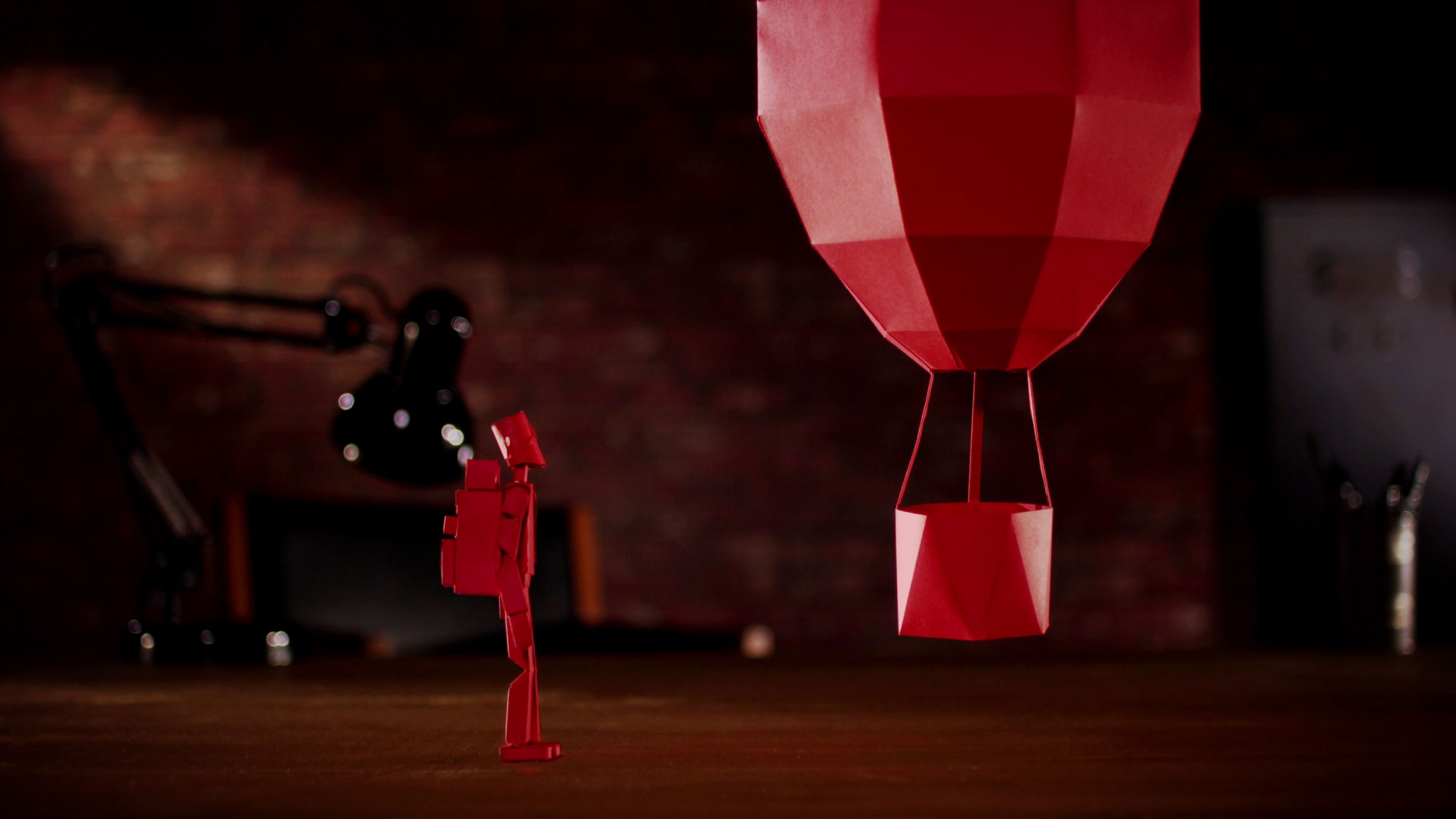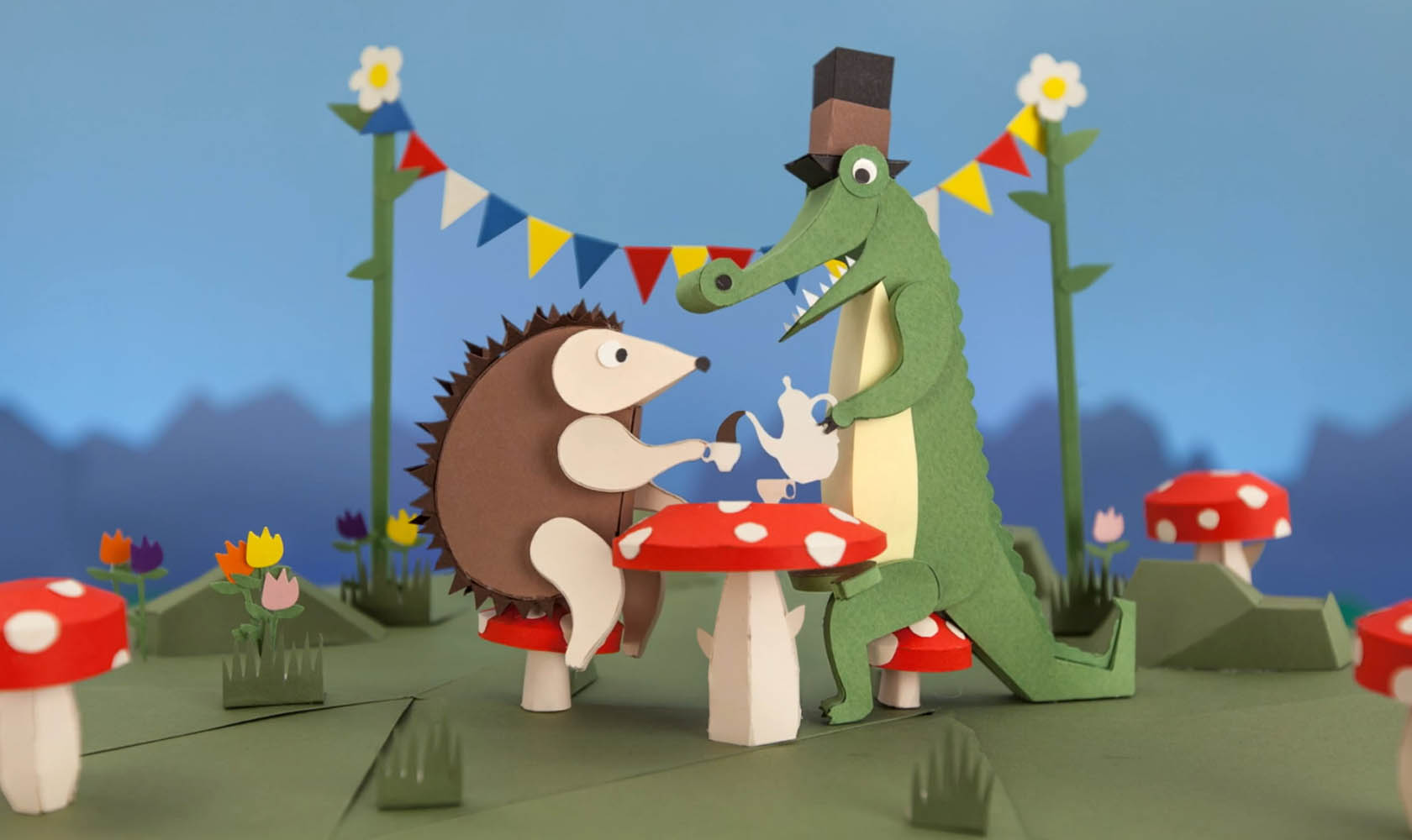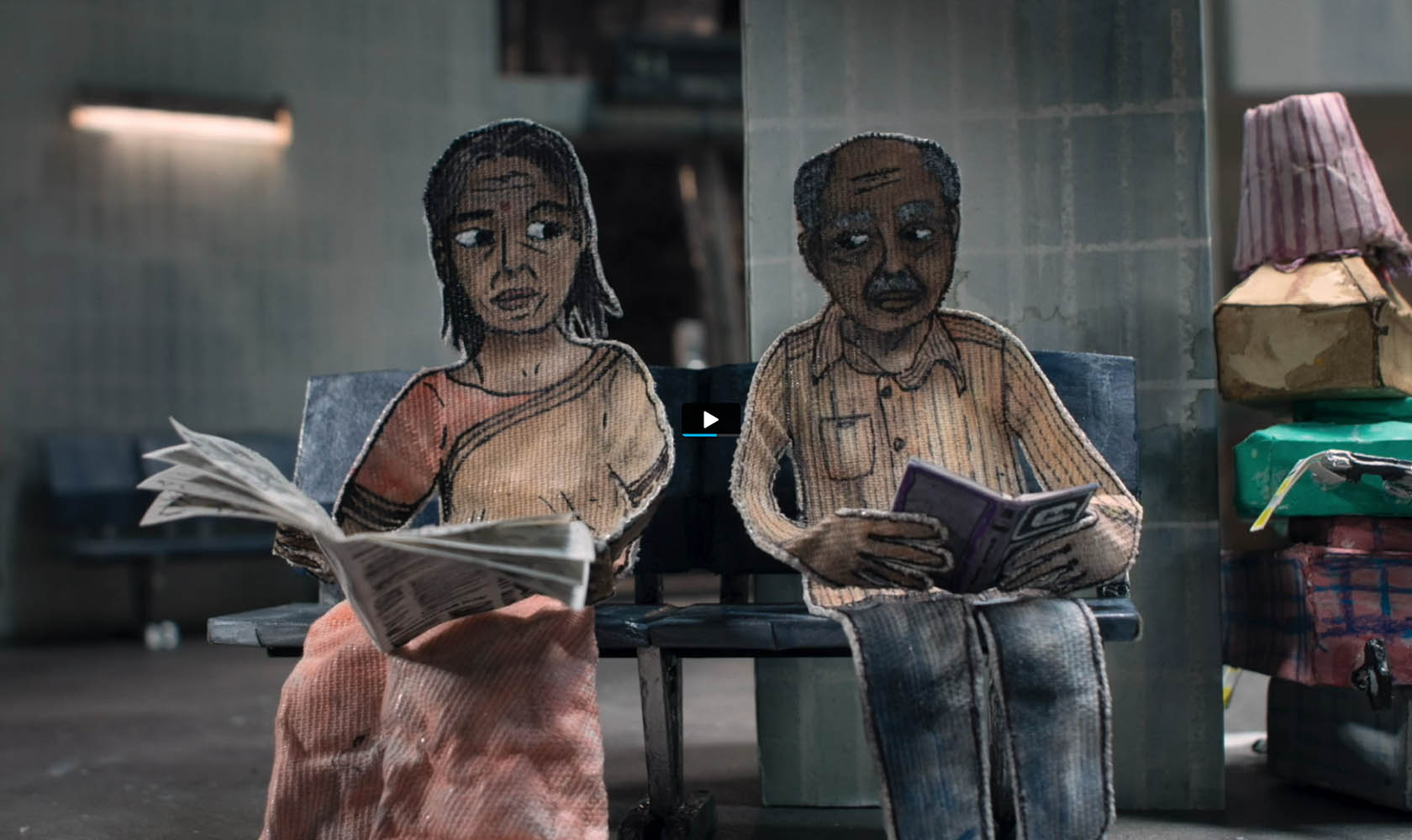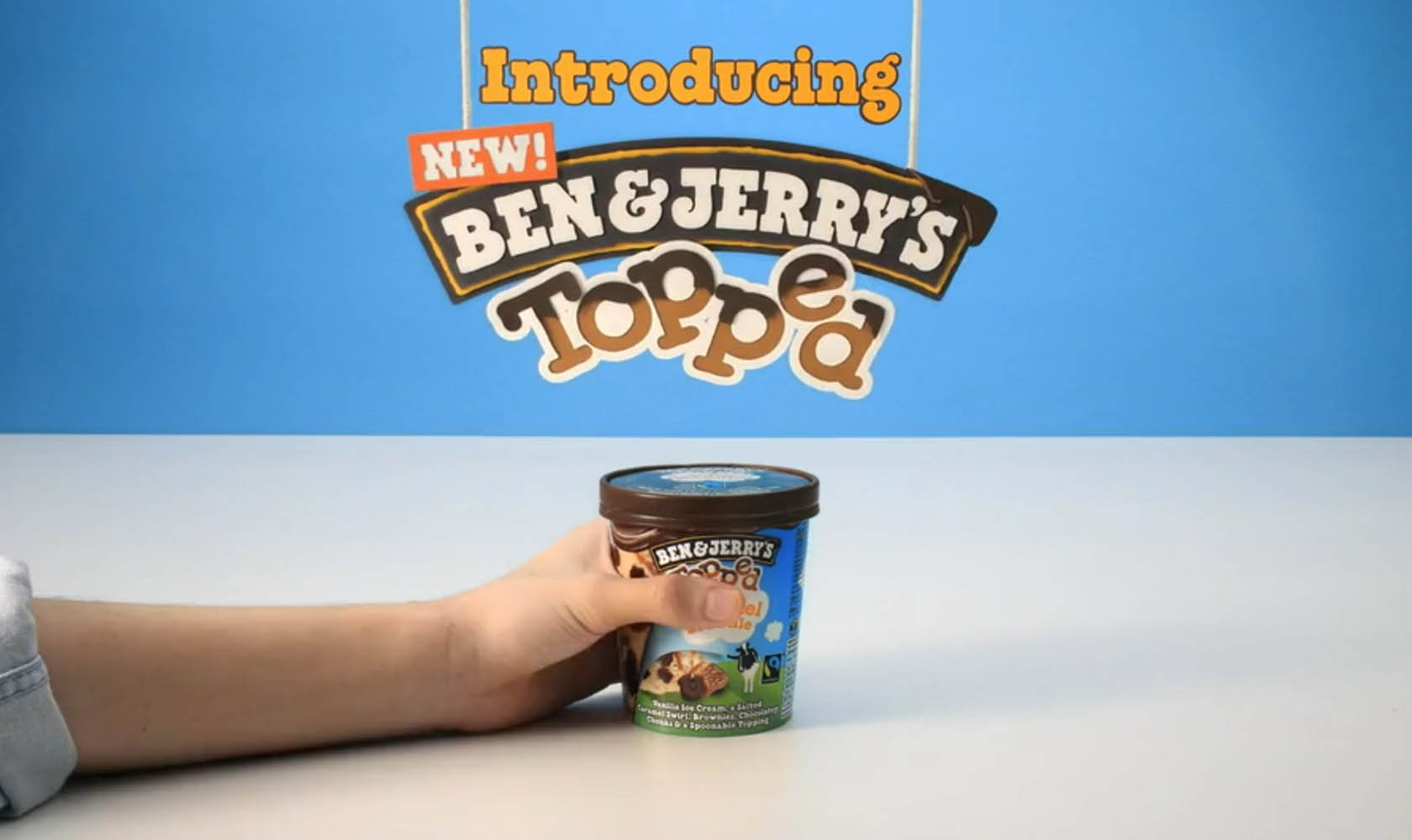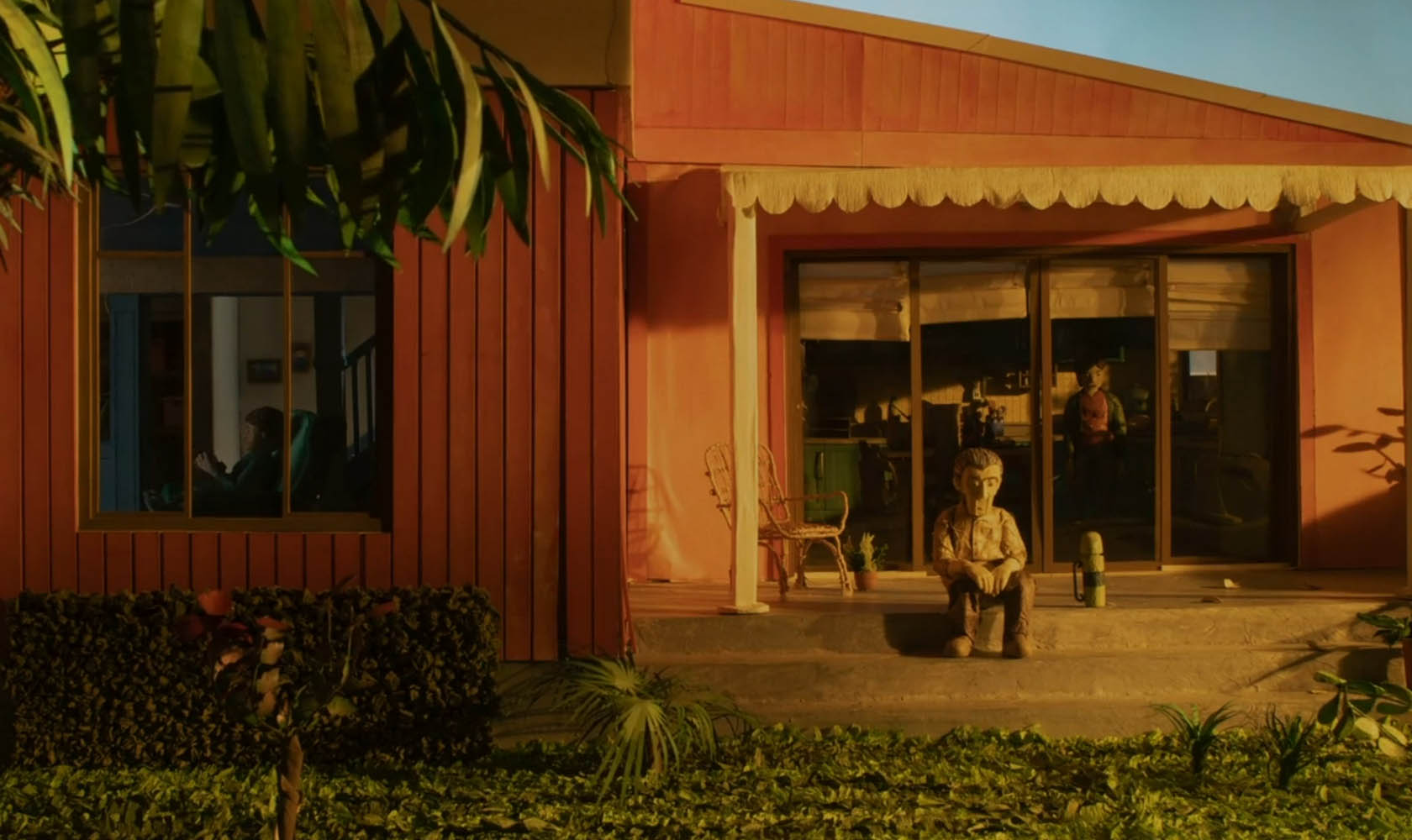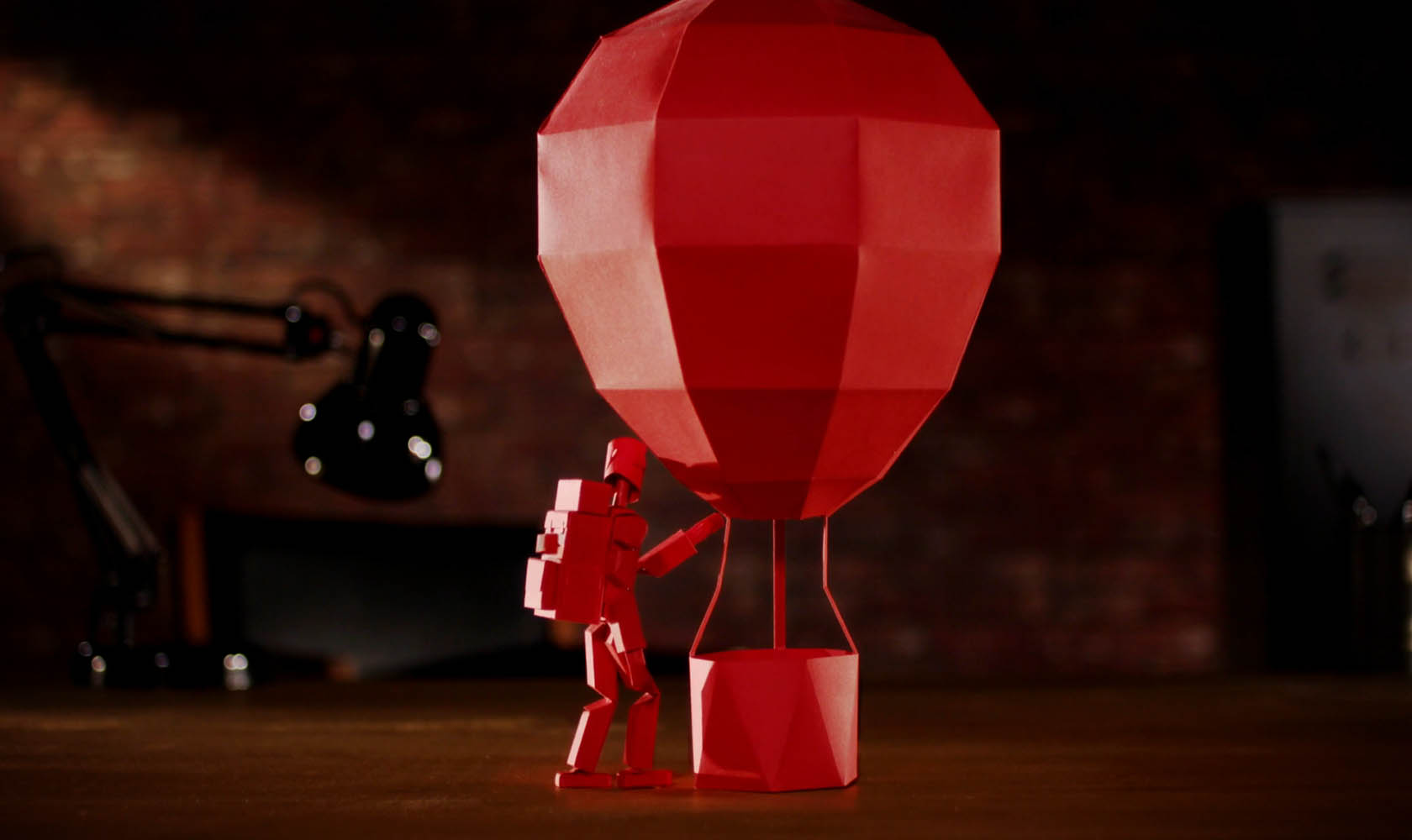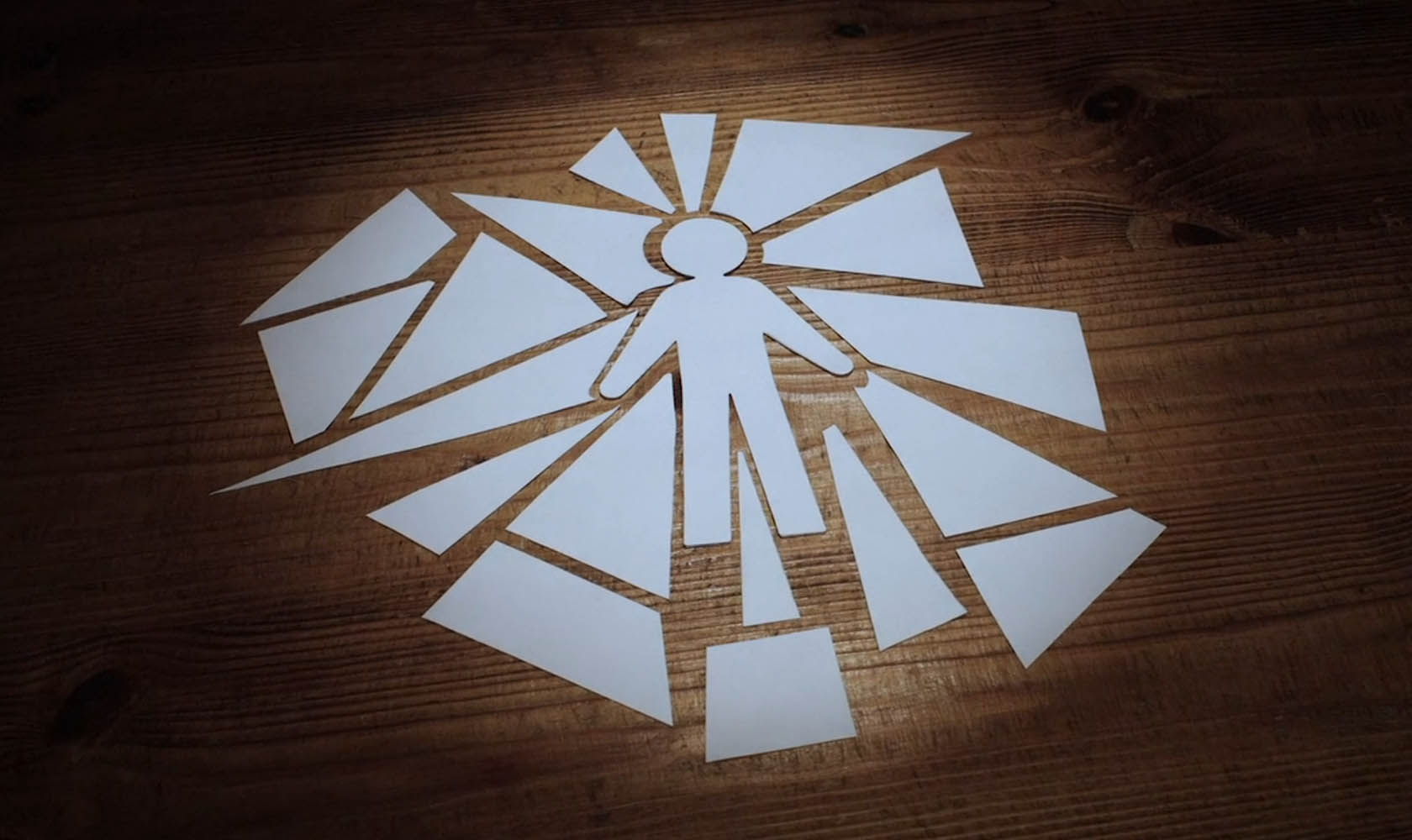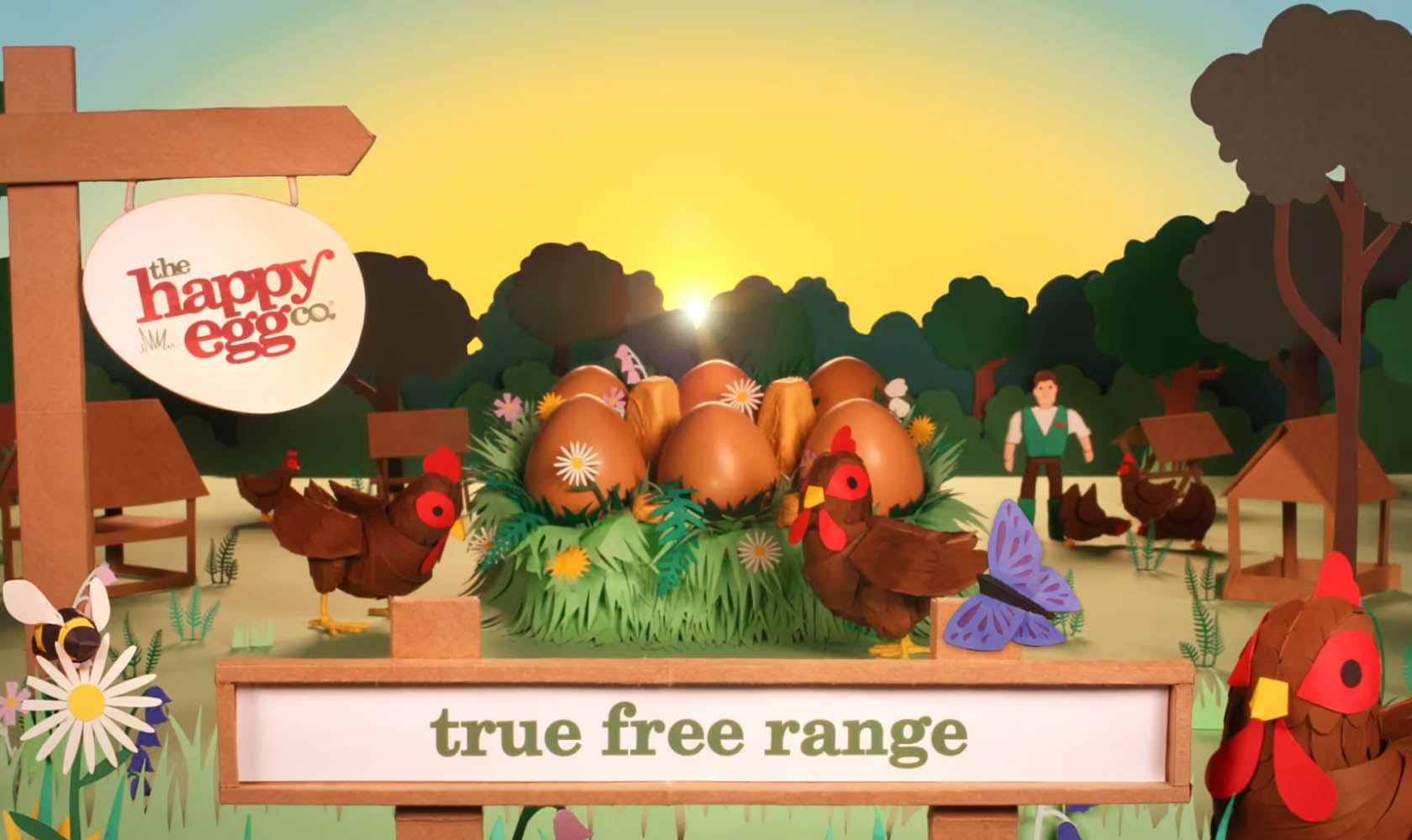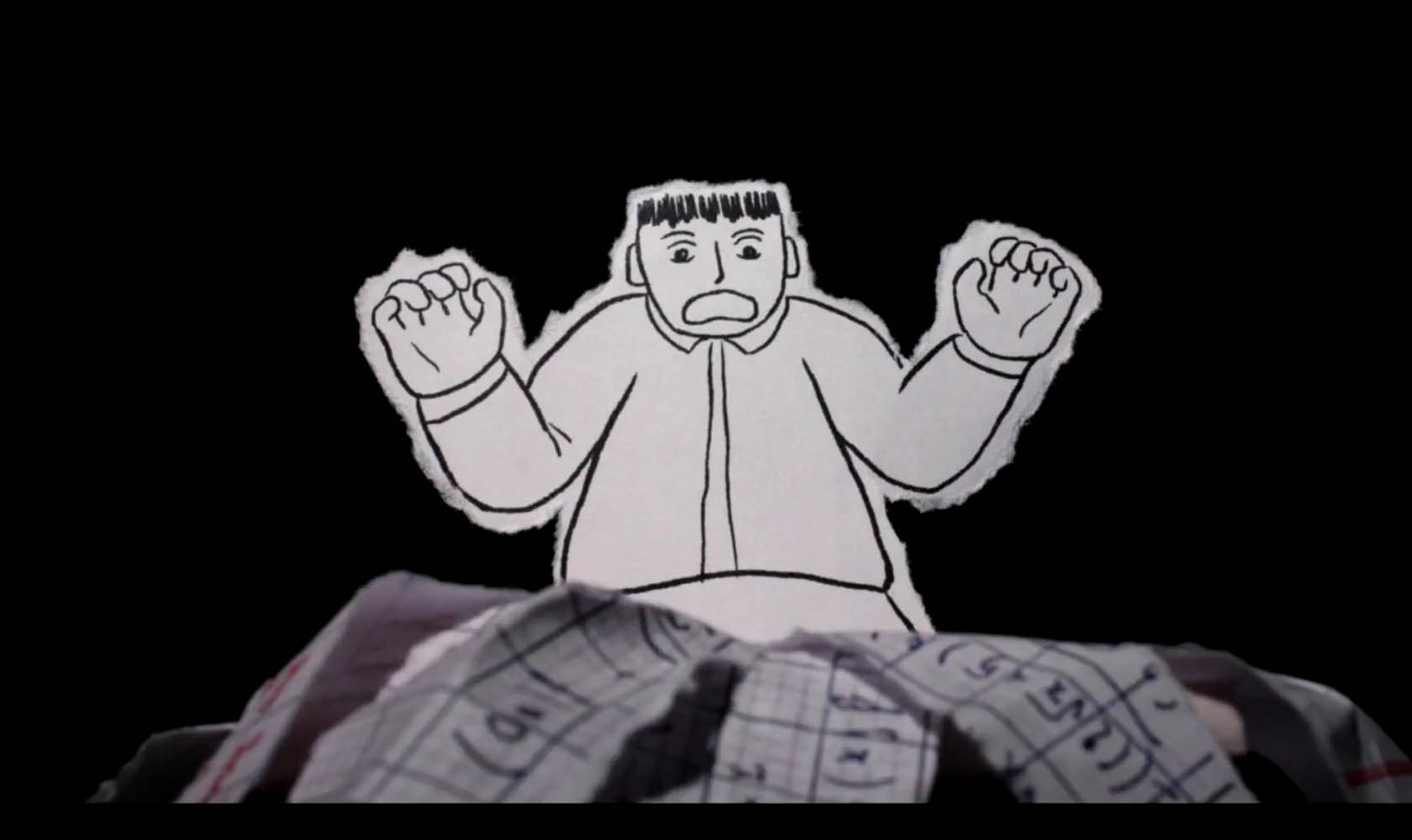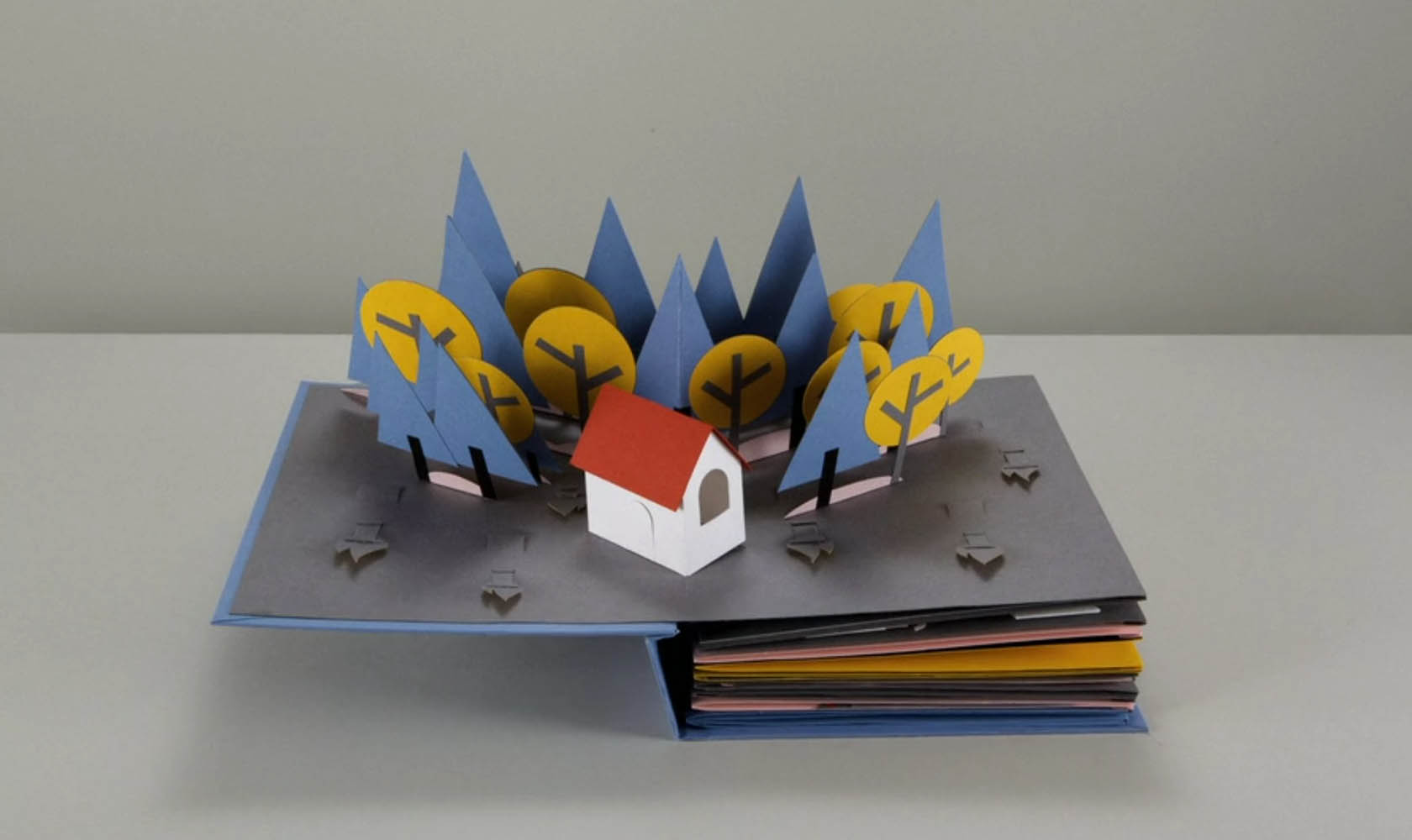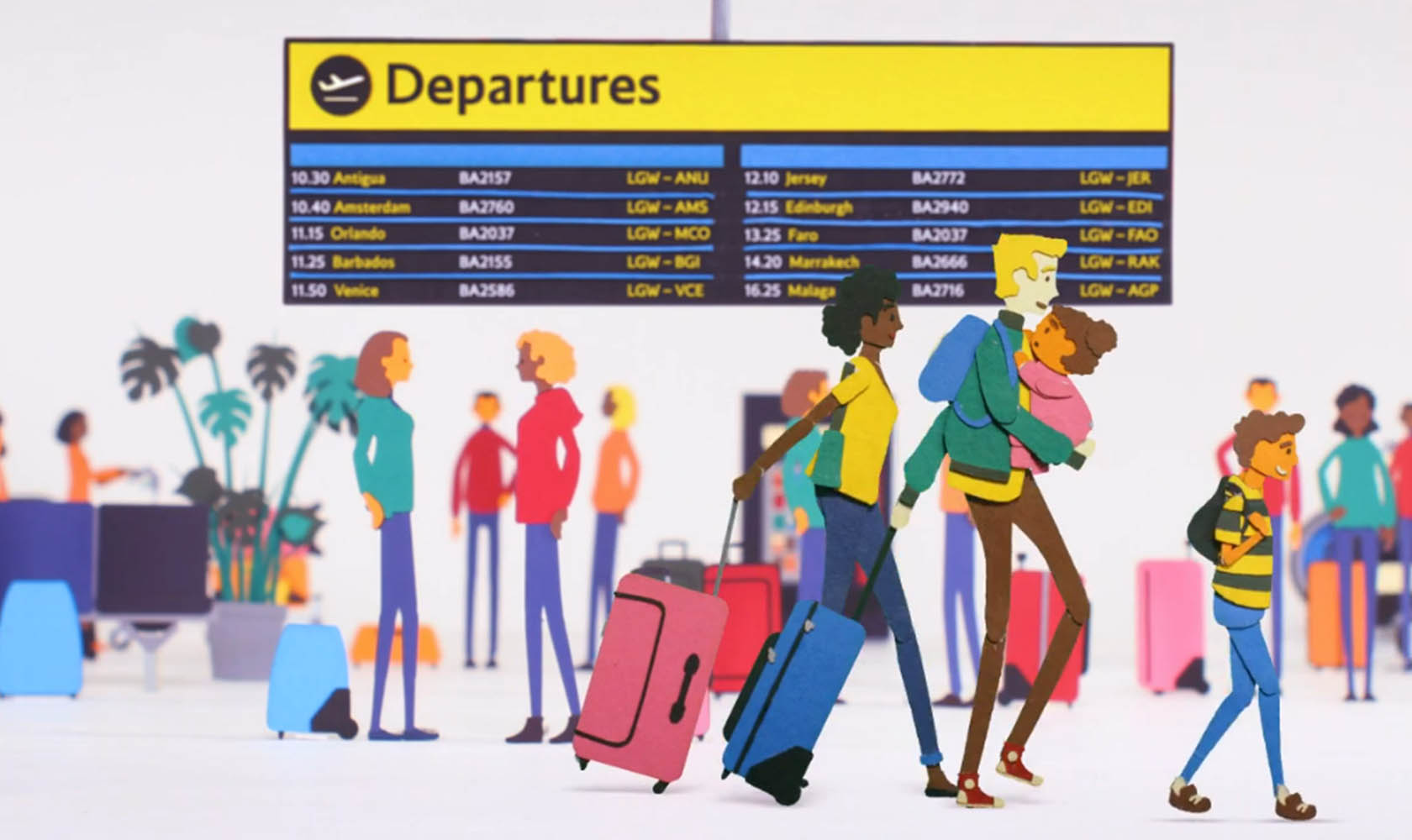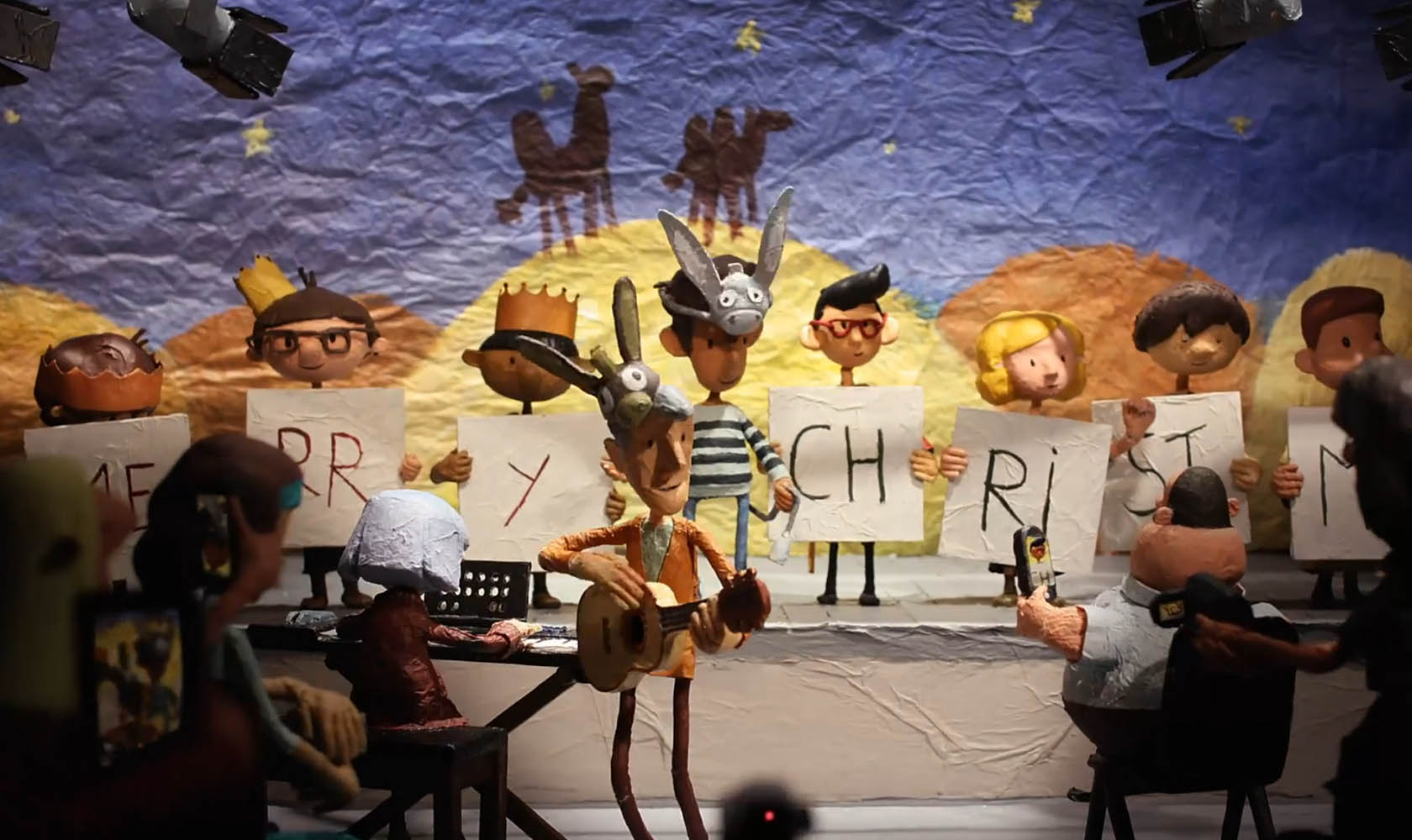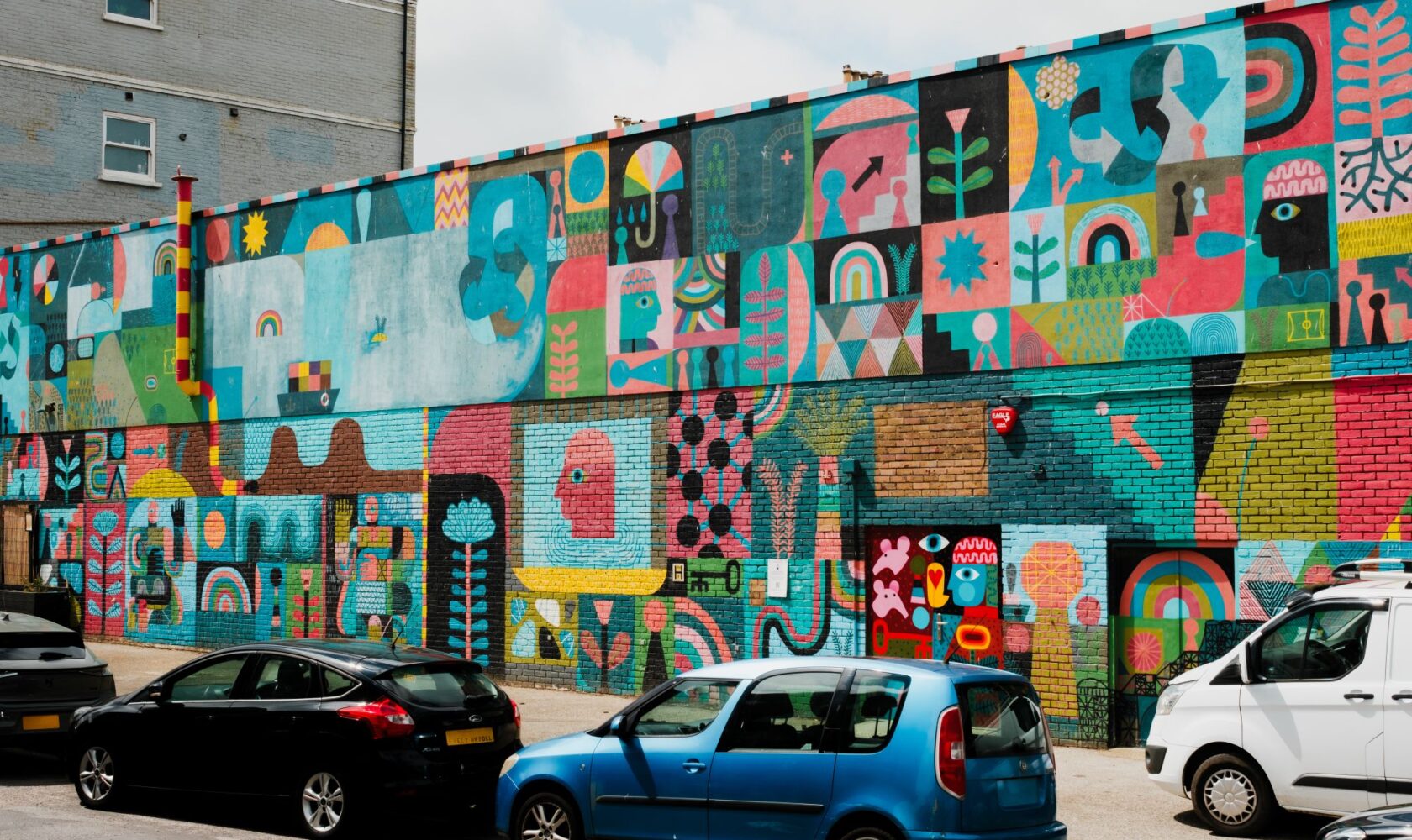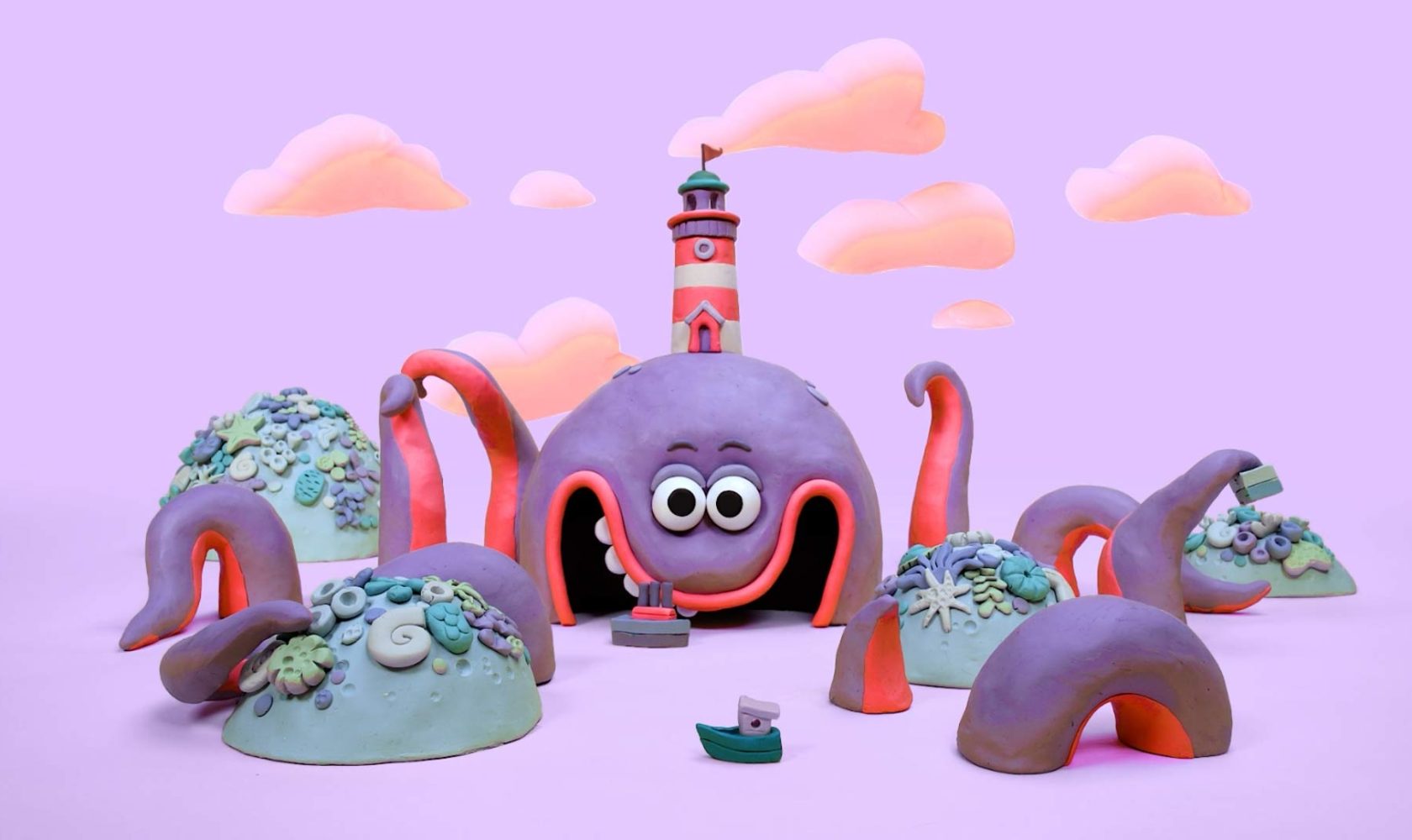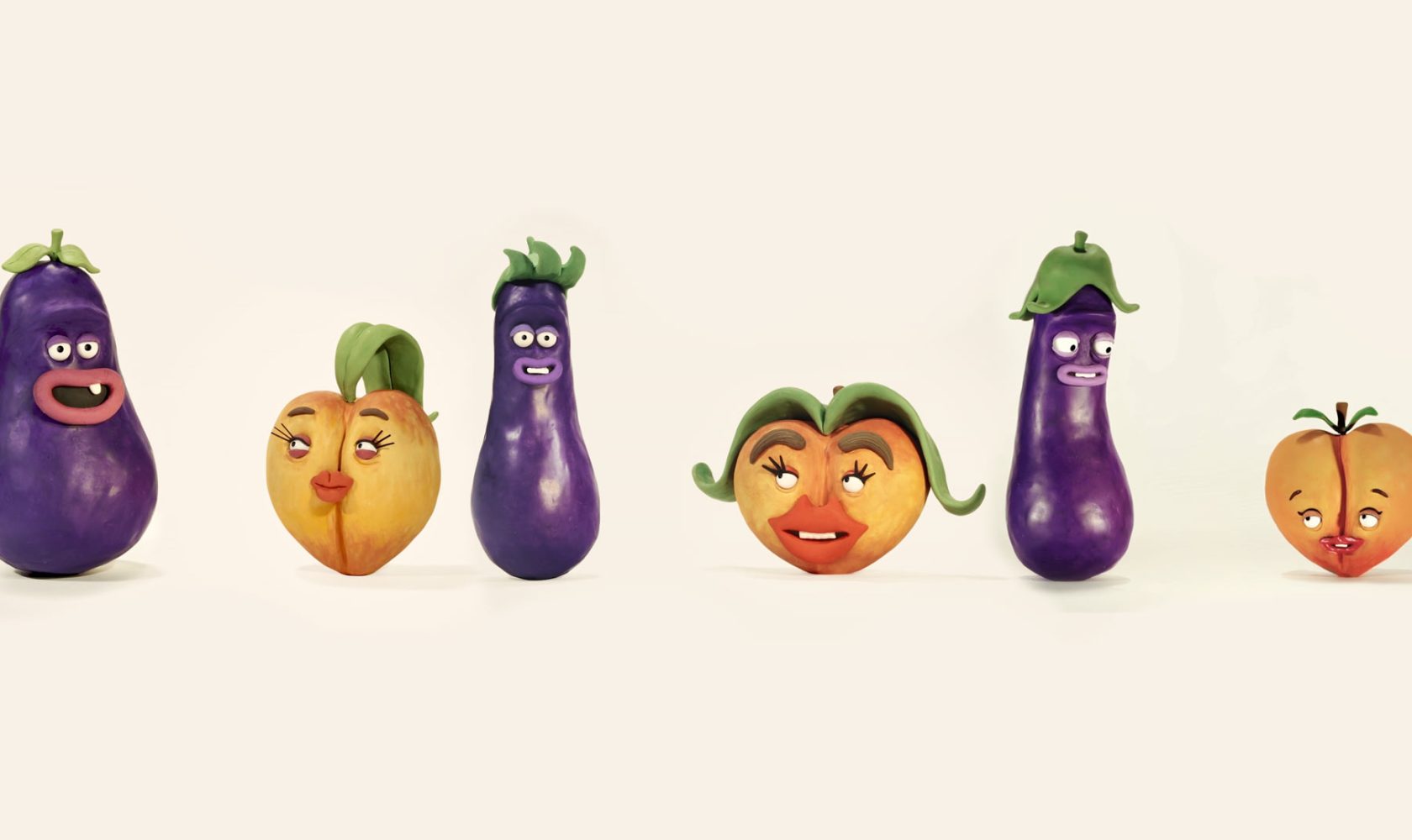16th August 2024
- Resource
The allure of papercraft stop-motion animation
Here at A+C we often use papercraft animation to tell a story. If you’re wondering how to get started in the world of animation we would massively encourage you to get out some coloured paper, get your scissors poised, and have the glue stick ready! Papercraft is a fantastic way to create a film and throughout this blog we’ll talk all about its use cases and tips to get started.
Papercraft stop-motion is a mesmerising art form that combines the tactile nature of paper with the magical fluidity of animation. Unlike other forms of stop-motion that use clay or puppets, papercraft animation employs meticulously cut and manipulated paper to bring characters and scenes to life.

Papercraft stop-motion stands out for its distinctive look. The textured, tangible quality of paper gives animations a handmade, authentic feel that resonates with audiences.
Like any form of stop-motion, with papercraft you have the ability to play with light, shadow, and texture that is not possible with digital 2D mediums. This effect helps papercraft animations standout from the crowd. There’s an authenticity that comes with the handmade materials, lending itself beautifully to stories with a personal touch. The flexibility of paper means that artists can create almost anything—from delicate, fluttering butterflies to entire cityscapes—each frame painstakingly crafted by hand.
This style of animation has been embraced by various filmmakers and artists who appreciate the tactile, DIY aesthetic it offers. An honourable mention, although not animated, is the fantastic puppeteered short called ‘Gruff’. Watch the film here! and for the behind the scenes click here.
And from our own library, check out our blog that runs through our papercraft animations.
For some early doors inspiration, check out our amazing directors and paper engineers – Jess Deacon
The Challenges of Papercraft Stop-Motion Animation
While papercraft stop-motion animation is visually rewarding, it is also incredibly challenging to execute. The process involves several stages, each demanding meticulous attention to detail:
Designing and Cutting the Paper Elements: Before any animation can take place, the characters, props, and backgrounds must be designed and cut out. This step alone can be time-consuming, especially for complex designs.
Setting Up the Scene: Once the paper elements are ready, they need to be arranged in a scene. This involves carefully positioning each piece on the set, which could be a flat surface or a more elaborate 3D environment made of paper. The challenge here is to ensure that everything is perfectly aligned for the camera.
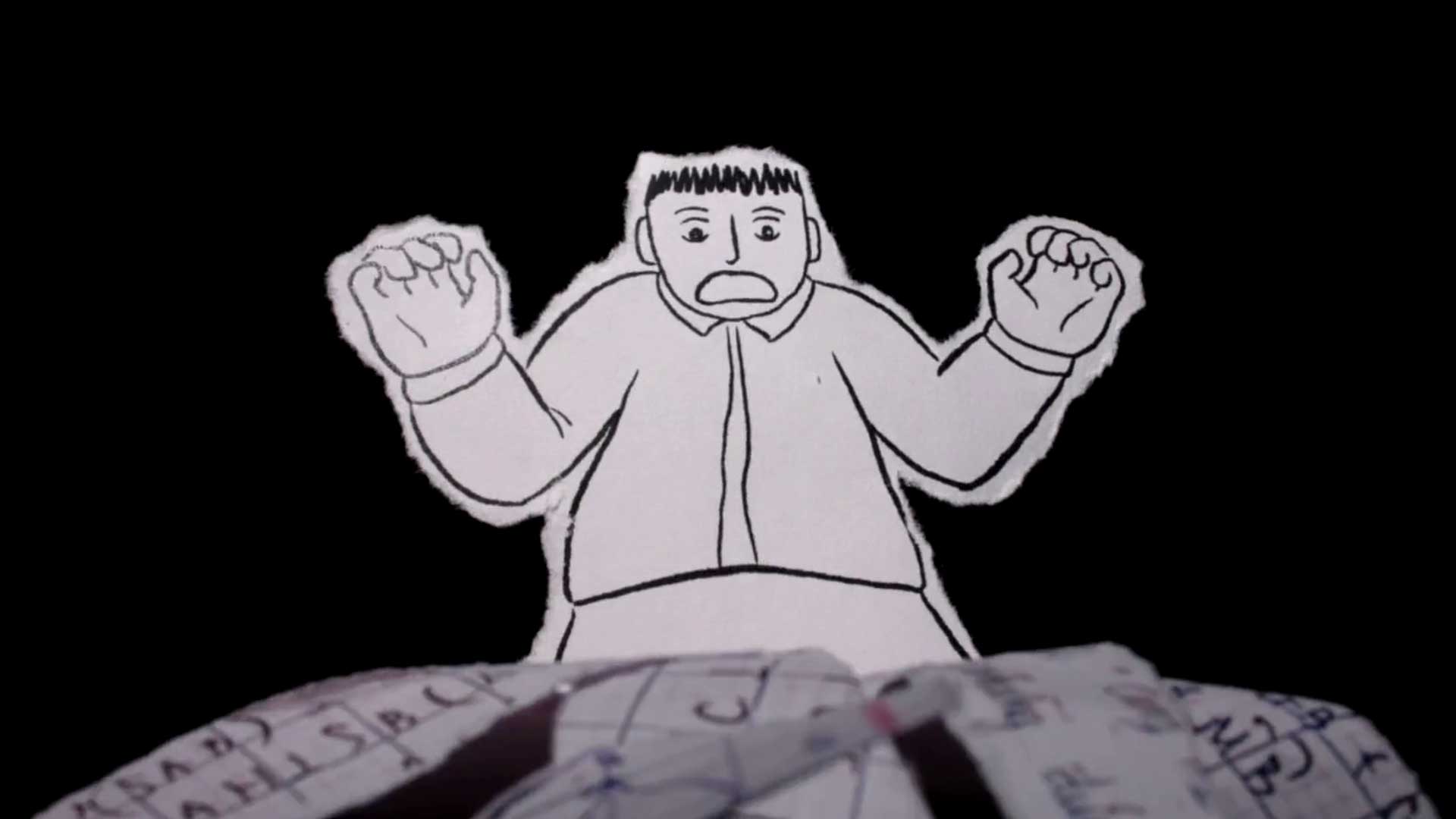
Lighting and Camera Work: Proper lighting is crucial in papercraft stop-motion. Watch out for the paper casting harsh shadows or reflecting light in unintended ways. Also, make sure the camera is perfectly stable and consistently positioned to avoid any unintended shifts in perspective between frames. It’s also worth watching out for light flickering. In an ideal world you’ll want a controlled lighting environment to remove the possibility of light flickering.
Animating the Scene: Papercraft stop-motion animation is an incredibly time-intensive process. Animators must move their paper characters or elements incrementally between each frame, often using tweezers or other small tools to avoid damaging the paper. Remember, the smaller the moves between frames the slower the animation will playback and the larger the movements the quicker the movement. When transitioning between fast and slow actions it’s definitely worth including some ease in and ease outs.

Post-Production: Even after all frames have been captured, the work isn’t over. Animators need to edit the sequence, often adding sound effects, music, or voiceovers to complete the animation. Minor flaws or inconsistencies may need to be corrected in post-production, though most animators strive to get everything right during the shooting process to maintain the authentic, handmade feel of the animation.
Getting Started with Papercraft Stop-Motion Animation
For those intrigued by papercraft stop-motion, starting may seem daunting, but with the right approach, anyone can begin experimenting with this art form. Here’s how to get started:
Gather the Necessary Materials
- Paper: Start with a variety of paper types, including construction paper, cardstock, and tissue paper. Each type has different qualities that can be used creatively in your animations.
- Cutting Tools: Precision is critical, so invest in a good quality craft knife or scalpel, along with a cutting mat. Scissors can be used for less intricate cuts.
Adhesives: Glue sticks, double-sided tape, and glue dots are useful for assembling your paper elements. Avoid using liquid glue as it can wrinkle or warp the paper. - Camera: A DSLR or mirrorless camera is ideal, but even a smartphone with a good camera can work for beginners. Ensure your camera has manual focus and can be mounted on a tripod.
- Lighting: Desk lamps with adjustable arms work well for lighting small sets. Use diffusers like white fabric or parchment paper to soften the light and reduce harsh shadows.
- Animation Software: There are various software options available, such as Dragonframe, which is popular for stop-motion, or simpler apps like Stop Motion Studio, which is suitable for beginners and available for phones or tablets.
Start Small
When first starting, it’s best to begin with a simple project. Create a basic character or object and focus on learning the basics of movement and timing. A bouncing ball or a walking character are classic first projects that teach essential principles like easing in and out (gradually increasing or decreasing the speed of movement).
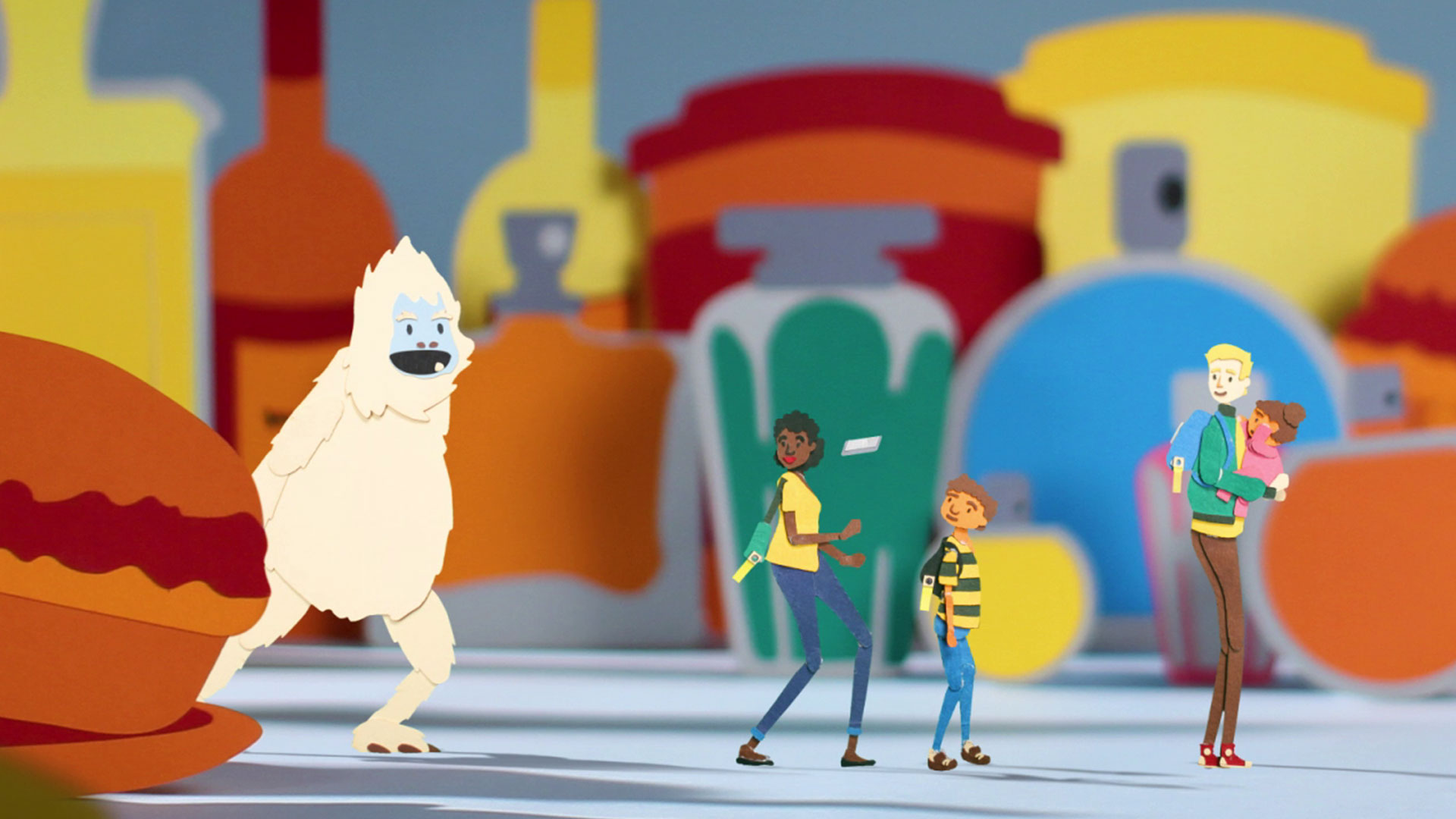
Plan your animation
Storyboarding your animation is crucial. Even for short clips, having a clear plan will save time and frustration. Sketch out your key frames and plan the movements carefully. Consider the timing, pacing, and how each movement will transition to the next.
Experiment with movement
Papercraft stop-motion allows for a wide range of movement styles. You can create fluid, lifelike motion by making small, gradual changes between frames, or go for a more jerky, stylized effect by making larger movements. Practise both to understand how different approaches affect the final animation.
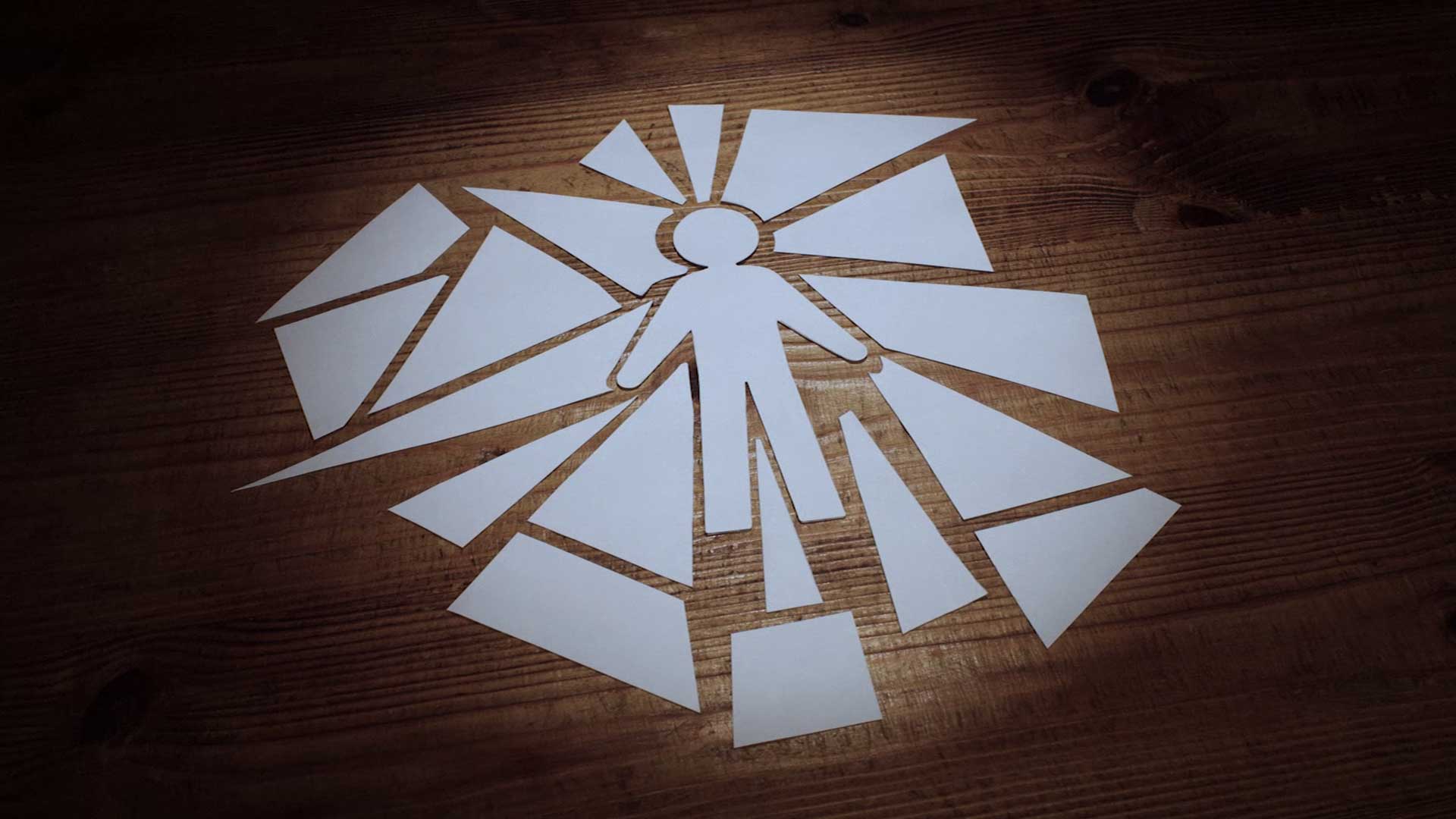
Be patient
Papercraft stop-motion animation is a test of patience. It’s common to spend hours animating only a few seconds of footage. Embrace the slow pace and focus on the joy of the process rather than rushing to complete the project. Each frame is a step closer to creating something magical.
Learn from mistakes
No animation project goes perfectly. Whether it’s a poorly cut piece, a lighting issue, or an unintended camera shift, mistakes are part of the learning process. Instead of getting discouraged, view these challenges as opportunities to refine your skills. Each project will teach you something new and make you a better animator.
Have a read through our blog that demystifies the process of stop-motion!
Conclusion: Crafting Magic with Paper
Papercraft stop-motion animation is a beautiful blend of art and engineering. It requires dedication, patience, and a willingness to embrace the imperfections that come with working by hand. While it’s challenging, the rewards are immense. The sense of accomplishment that comes from watching your creations come to life, frame by frame, is unmatched.
For those looking to get started, the key is to begin with simple projects and gradually build your skills. With practice, you’ll find that papercraft stop-motion offers endless creative possibilities, allowing you to craft your own world of animated paper wonders. So gather your tools, set up your workspace, and start animating—you’re only a few frames away from creating magic.
